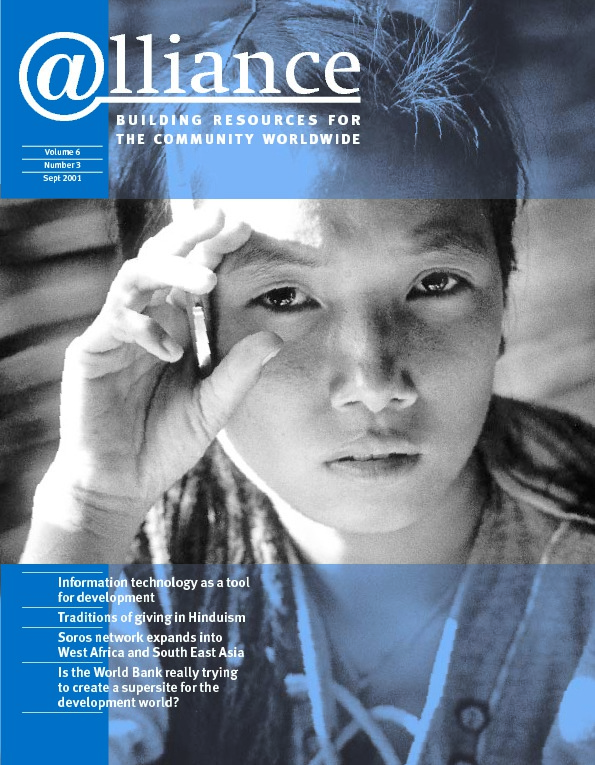In the immediate aftermath of the killer earthquake on 26 January this year, many Indian groups emerged with websites and email groups on earthquake relief and rehabilitation. In previous disasters, big international agencies were usually the only sources of reliable information. The Gujurat earthquake shows how communication tools like VSAT and the Internet are changing the way information is gathered and disseminated.
EARRS (Earthquake Relief and Rehabilitation Service), instituted by the earthquake relief groups and yahoo.eq and run by a consortium of NGOs, became an email subscription service for all those interested in relief and rehabilitation in Gujarat.
Another initiative from Kutch was http://www.panjokutch.com, which worked from a broken- down building and provided village-level information on the Internet, including contact information and working telephone numbers. They received several congratulatory messages from people abroad who were able to establish contact with their relatives only because of http://www.panjokutch.com.
Volunteers from Hughes Software Systems and its Communications Unit set up VSAT (very small aperture terminal) systems in Bhuj, Rapar, Anjar and Bhachau for direct satellite communication with the affected towns and villages. These VSATs were the only source of direct access for officials and government bureaucrats wanting to contact the area.
Many other sites like http://www.lavochka.com, http://www.causeneffect.org and http://www.dryindia.org gave up-to-date information on the earthquake and relief activities. This meant that people could just log on to the Internet and obtain up-to-date information in real time.
The site http://www.helping.org was able to muster considerable financial support through a credit card window for non-resident Indians. Much more giving than usual took place on the Internet, helping money to reach areas of need more quickly. However, the sites still have a long way to go as regards reliability in terms of speed of transfer, validation of recipient NGOs and accountability for their utilization of funds.
Mathew Cherian is Director of CAF India. He can be contacted by email at cafindia@vsnl.com


Comments (0)